From Rails to Trails Doc Blurs NIMBY-YIMBY Divide & More
Around the College Towns: Links and commentary related to urbanism and higher ed for the week of Oct. 19 - Oct. 25.
Note: Around the College Town is my weekly links roundup article on urbanism and education. These posts mostly cover news that may have fallen through the cracks rather than the big events.
College Towns Reviews From Rails to Trails
A new documentary was recently released by PBS called From Rails to Trails. The film centers on the rise of the movement to convert shuttered railway lines into biking and hiking trails. This is a story of American decline but also the chance at our salvation. Rail lines shuttered with deindustrialization; they were reborn as walkable trails, connecting cities once more, and breathing life back into communities.
From Hawaii to Maine and points in between, a network of these rail trails crisscrosses the country, it now connects towns that were once linked by trains.
I was impressed by the spread and scope of the film managed to cover in a svelte 60 minutes. The documentary starts with a small US-Mexico border town called Brownsville, Texas, and it ends with a vision of a reclaimed rail trail connecting sea to shining sea. In between, they bring the viewer to Seattle, Washington, across the country to Burlington, Vermont, Atlanta, Georgia, and, of course, to our one true metropolis, New York City.
Some well-known political actors are interviewed throughout the documentary, such as former US Secretary of Transportation Pete Buttigieg and former Democratic Presidential nominee Howard Dean (yes, the Dean Scream, a scandal that seems so quaint today). They even got Edward Norton to narrate—his father was an early leader in the conservation movement and the actor later got interested in rails-to-trails by helping the New York City High Line.
More than well-known people, the film really highlights grassroots movements that started in small and large towns alike across the country. The film interviews locals who were involved with area movements that brought about rail conversions.
One of the key aspects that stuck out to me about these rail-to-trails projects is how affordable they were. Buying the abandoned rail lines is cheap—a stretch from Elroy to Sparta in Wisconsin was purchased for only $12,000. Construction is also apparently inexpensive. In the Brownsville segment, they mention it only cost the town $10-$12 million! Given how often infrastructure in the US turns into a money pit boondoggle, these projects should be considered.
Speaking of money pit boondoggles, car infrastructure is one looming villain in the film. Some of the abandoned rail tracks were slated to become highways before local advocates stepped in. It was mentioned that a lot of state DOTs were formerly Highway Departments. Before the early 1990s, there wasn’t a consistent federal funding stream for these types of non-car, bike/pedestrian-centric projects. With the signing of the Intermodal Surface Transportation Efficiency Act (ISTEA) of 1991 by George HW Bush, funding for transportation via the gas tax was altered and two billion was set aside for such initiatives.
From Rails to Trails shows that grassroots efforts can make a considerable impact and change local policy. But these kinds of local movements become stronger once they co-opt the state, and then even more powerful when they bring in Federal Government resources. I can see how the Strong Towns perspective and Abundance ethos could both take credit here.
Another striking feature of the documentary is that it complicates the nature of YIMBY vs. NIMBY. These local groups who came out to fight for these trail projects echoed objections to housing that we often hear today. The big bad villains were often housing developers. “Then in 1980, real estate developers came knocking…” as warned in the Burlington segment, “and it was about to go into developers’ hands and have 10-story condos put on it, and we were just appalled.”
But of course, these trail advocates were also fighting against other kinds of NIMBYs on their flank: anti-trail people. The anti-trail people were about as unsympathetic as I have seen in someone who willingly participated in a doc since Tiger King. These various groups brought lawsuits across the country to stop the trails from being built. Luckily for the public good, these people kept losing (with an assist from Ronald Reagan).
“The politics was against us, so we sold out and moved,” said one property owner who I’m sure made a lot of money since it was a beautiful, desirable location with great trail access. “I didn’t wanna live near a trail.”
Even with these NIMBY complications and villainous portrait of developers, I do think the documentary more highlights the ills of car dependency and ultimately suburban sprawl. One early activist named May Watts was 70 years old when she first became interested in rail reclamation projects. She lived west of Chicago, “Where the open prairie had been devoured by suburban sprawl”, said Ed Norton. She was concerned that the city was sprawling into our rural home. She is quoted as saying, “The bulldozers are drooling.”
Watts had been inspired to think about walkable connections between cities through the countryside after a visit to England. She was impressed that anyone had access to nature without driving. Going abroad was a theme I noticed for advocates in the doc. “He got a chance to travel to Europe and noticed that man, people are getting around the city without having to get in a car,” said one in Georgia. “Why can’t we do that in Atlanta?”
These inspirations from abroad are fairly common in urbanist circles. Once people go somewhere else, they can see what is possible. It is one reason why I am such an advocate for study abroad, given my own transformation in Italy and Korea.
What Studying Abroad Did For Me
Note: I am traveling this week, so I am leaving you with an excerpt from one of my recent publications. It is a short essay talking about some of the inspirations I took from studying abroad in Italy as an undergraduate, and later in life. It is from the edited book volume entitled
Actually, Atlanta provided one of the most interesting cases, even overshadowing the more famous NYC High Line. In the Atlanta segment, they talked about how the BeltLine was built explicitly around mixed-use development, with restaurants and housing right flush with the trail, which was missing in other featured trails in the doc. Further, local leaders created a special tax district that would feed revenue back into trail upkeep.
In the end, the grand vision is for a Great American Rail Trail uniting the country. There are still segments missing. But the vision of hope that looks beyond deindustrialization and into a rebirth that connects the nation. “As railroads continued to go under, their unused tracks scarred the American landscape,” quoted the narrator. “Rail trails were an elegant solution to a vexing problem.” Indeed. And I hope we continue finding this solution featured in From Rails to Trails.
Links I’m Reading This Week
Education
Trump reinstates one student loan forgiveness program. Forgive the weird article’s framing over how this is good for the housing market (good meaning more expensive housing in this case).
Harvard’s endowment grows considerably, at the same time the university is making cuts to programs.
UNC student pens essay on how the competition for off-campuses housing means higher prices for shabby places. Another YIMBY in the making.
Speaking of, in Dublin, a dumpy student accommodation shocks the country of Ireland with its listing price. Four rooms for €5,750 per month is about €1,438 per bedroom. Actually, fairly standard price here in the US!
Cal Poly’s modular student housing project has actually started stacking/ building. I always see these design solutions but they are often only in demo. This will be a real test use case! I hope to review it one day.
Urbanism-ish
The US might be even more obese than we realized. Look around at our built environment and this should surprise no one.
Reddit advice is getting more negative. Get your advice from people in real life. Your neighbor, bartender, family, friend. Not fake internet people.
NYC Mayor candidate wants to fight rat problem with feral cats. Ok, I’m listening.
Rivian ripped open a Chinese EV to see what makes it tick. They found it pretty similar to US version, just much cheaper. So we confirm that Americans are just paying much much more for the same car.
Speaking of China, a city in China built its own American suburb, flush with McMansions. Looks like it could be in Carmel, Indiana, or something!
Around Substack
Note: I also think it’s important to stay connected to the growing Substack community. Here are a few I am reading this week:
at the The Deleted Scenes poses an interesting question: Is Cutting Off Robotaxis Good Urbanism? It is an interesting philosophical discussion not just over self-driving cars but all technological advances.The penalty for jaywalking should not be extrajudicial execution, but it’s also true that you just…don’t block a human driver for fun. It’s one of those things that is true but that can’t be described well. What do you call that? One of the subtle social costs of technology, I’d say, is forcing us to parse these things that are extremely difficult and best left widely and implicitly understood but not thought about or discussed too much. This applies to many things, by the way.
I think these are important issues to consider, which I will grapple with in a future piece on self-driving cars.
Moving back to education,
, another Substacker who often writes on education provides some commentary on the current situation at Harvard. His is a scathing critique of the Ivy League school.The entire purpose of an endowment is to help a university weather lean years without gutting its core academic programs. Yet Harvard has chosen to protect its gold pile over its scholarship, famously behaving like a hedge fund with a school attached as an afterthought. As CFO Ritu Kalra put it, the endowment is “not a source of short-term relief but a covenant across generations.” Translated from administrative jargon, that means the priority is not education but to have as big a stream of income as possible that is shielded from the influence of donors, students, and government.
Ouch.
I would be interested in hearing rebukes to the critique re endowments. Let me know. What do you think?
Closing Time…
No Closing Time this week, as I already wrote too much. Just go to watch Rails to Trails or have a look at my attempt to venerate Seoul’s own rails-to-trails project.
Why Seoul's College Town High Line Rivals NYC's
Note: This is a video essay on the Gyeongui Line Forest Park in Seoul, South Korea, a former rail line that was redeveloped into a park. It is located in the Mapo area of Northwest Seoul, around four universities: Hongik University, Sogang University, Ewha Womans University, and Yonsei University.


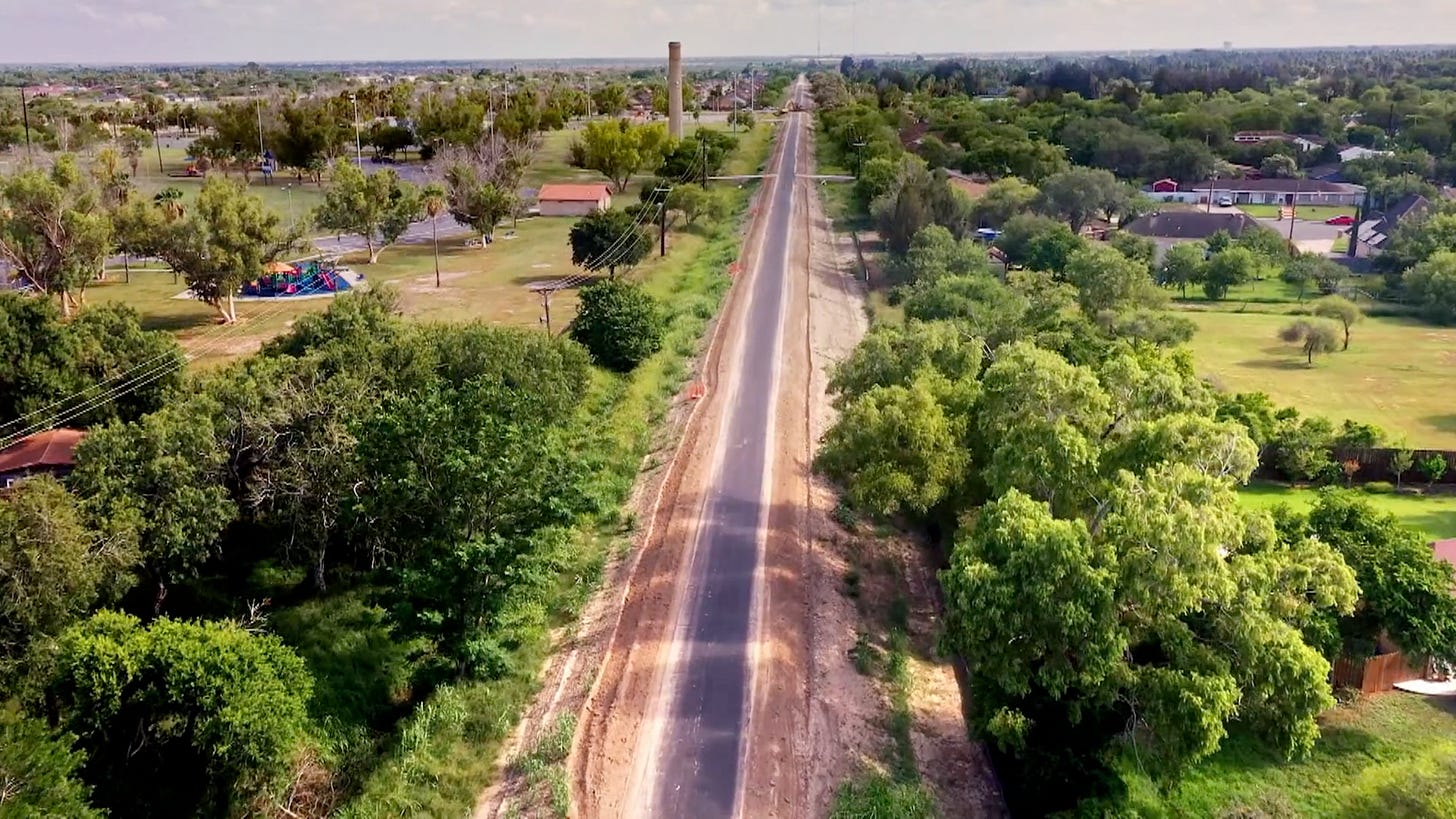
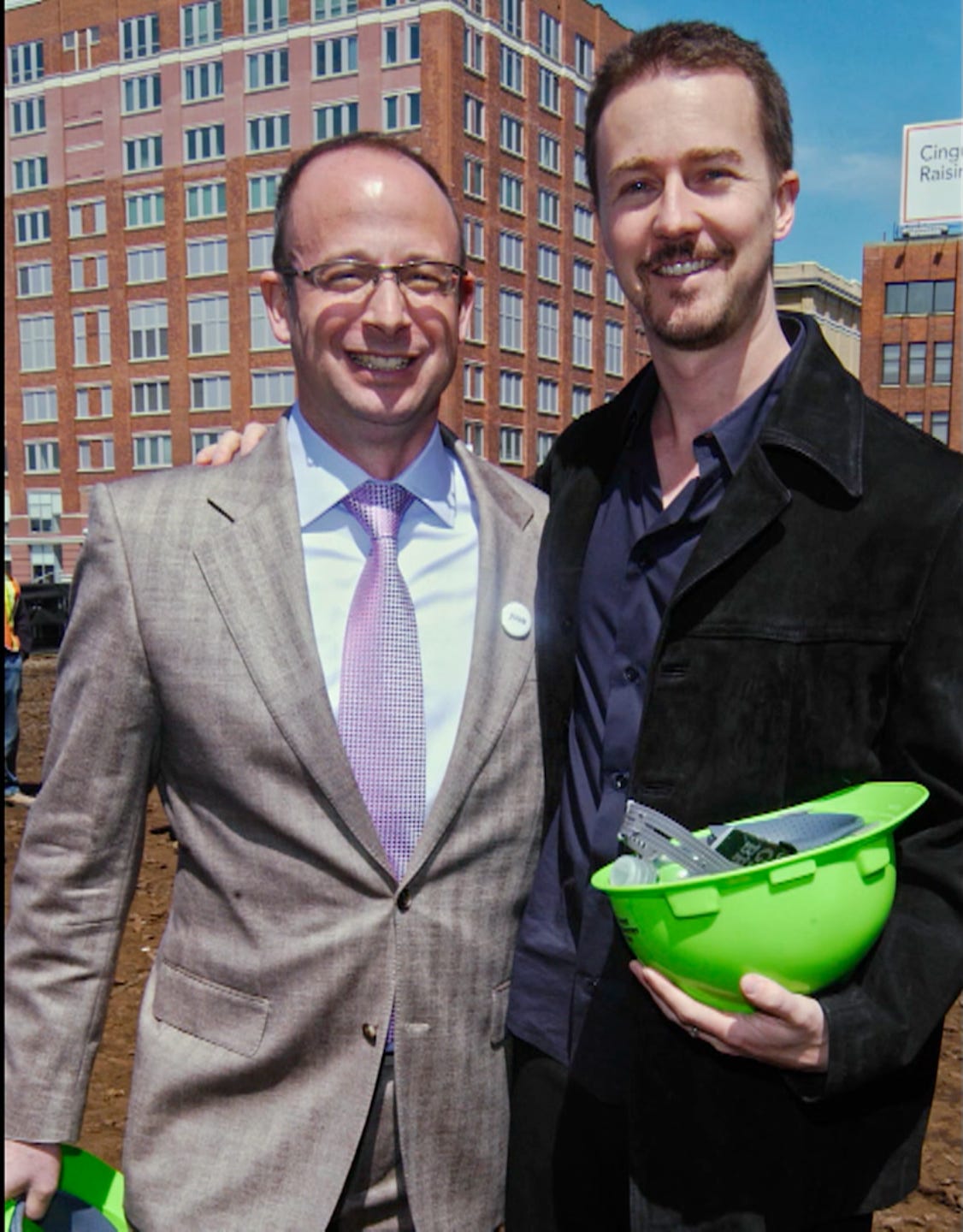
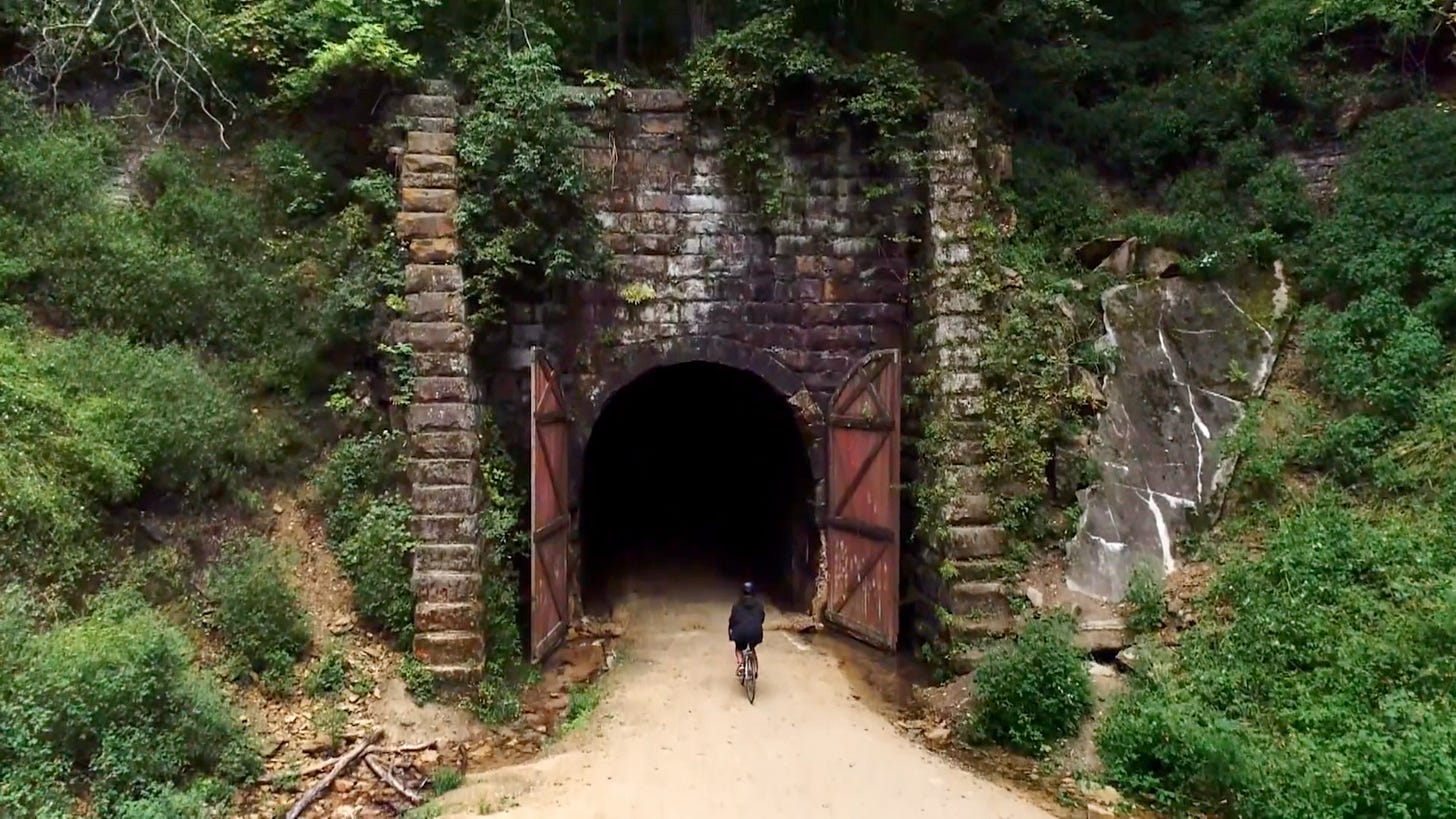
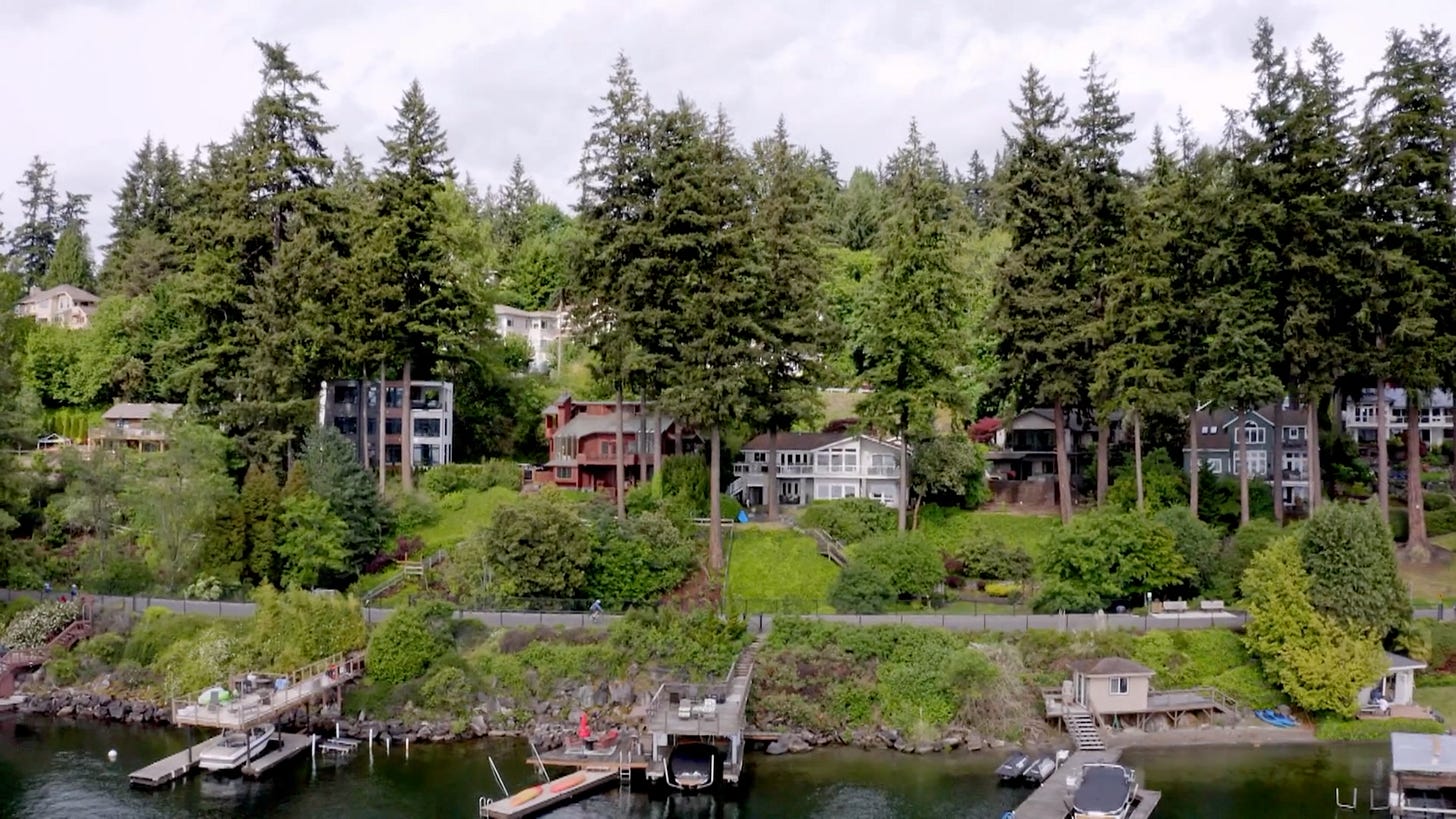
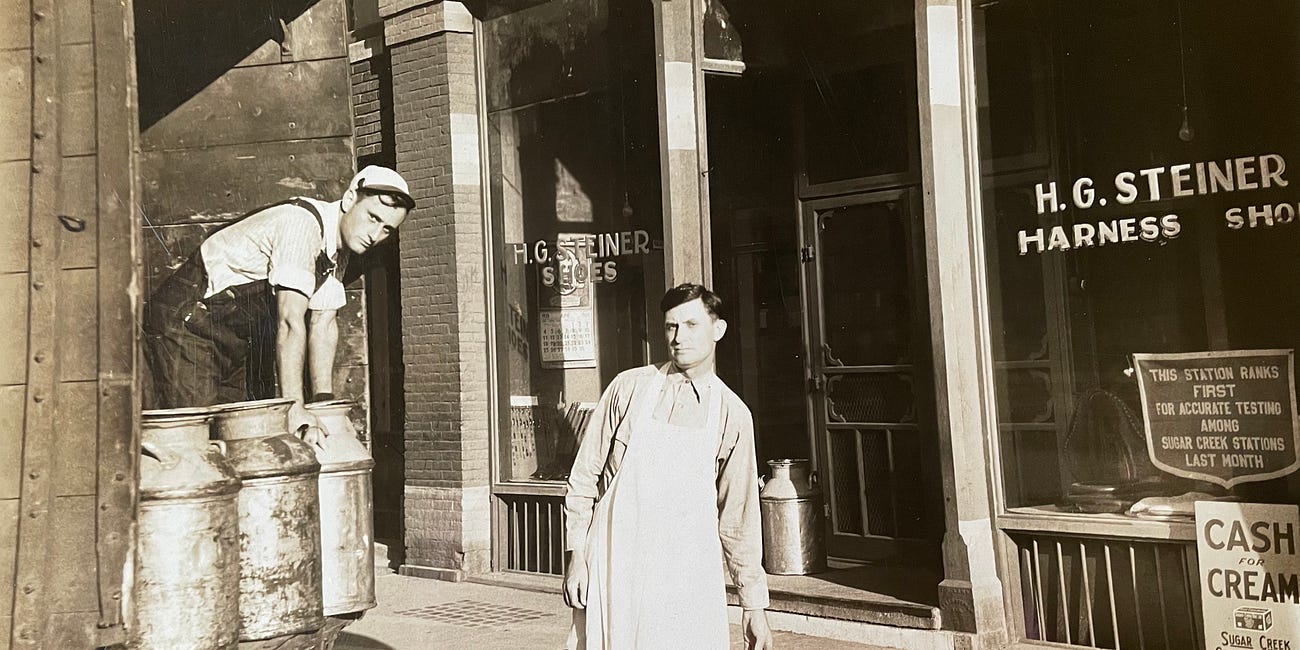
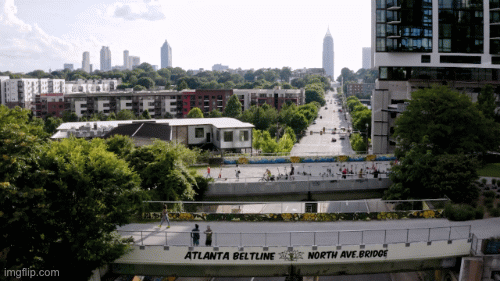
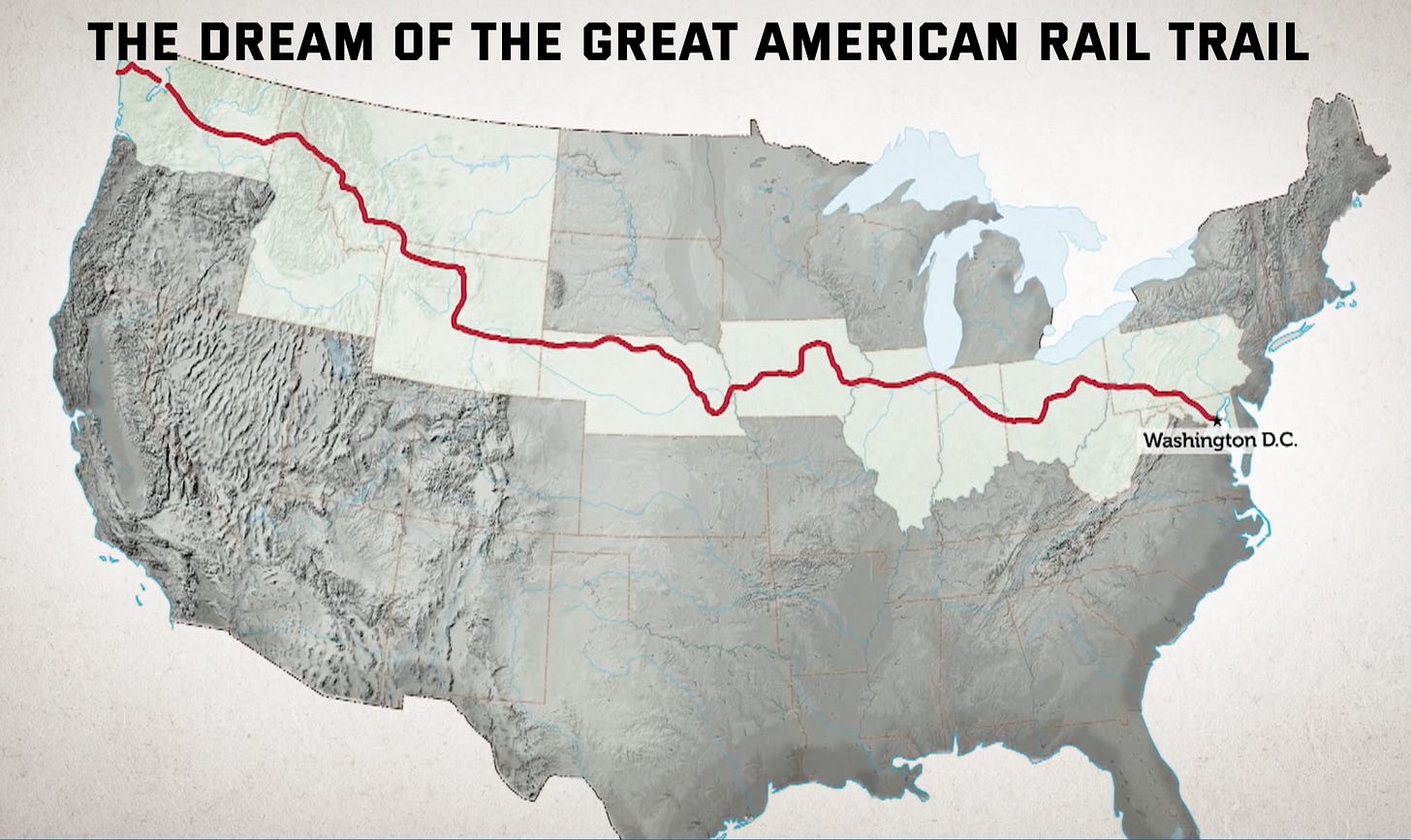
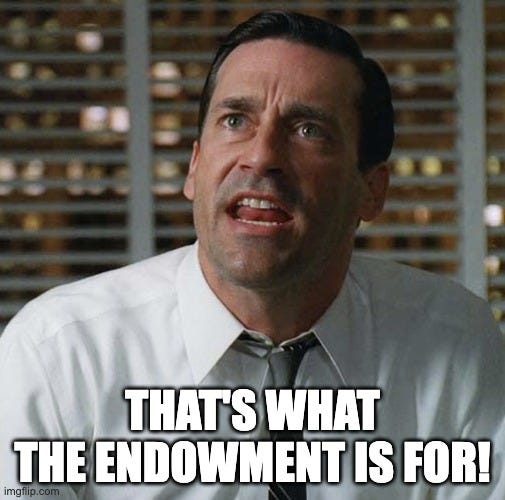
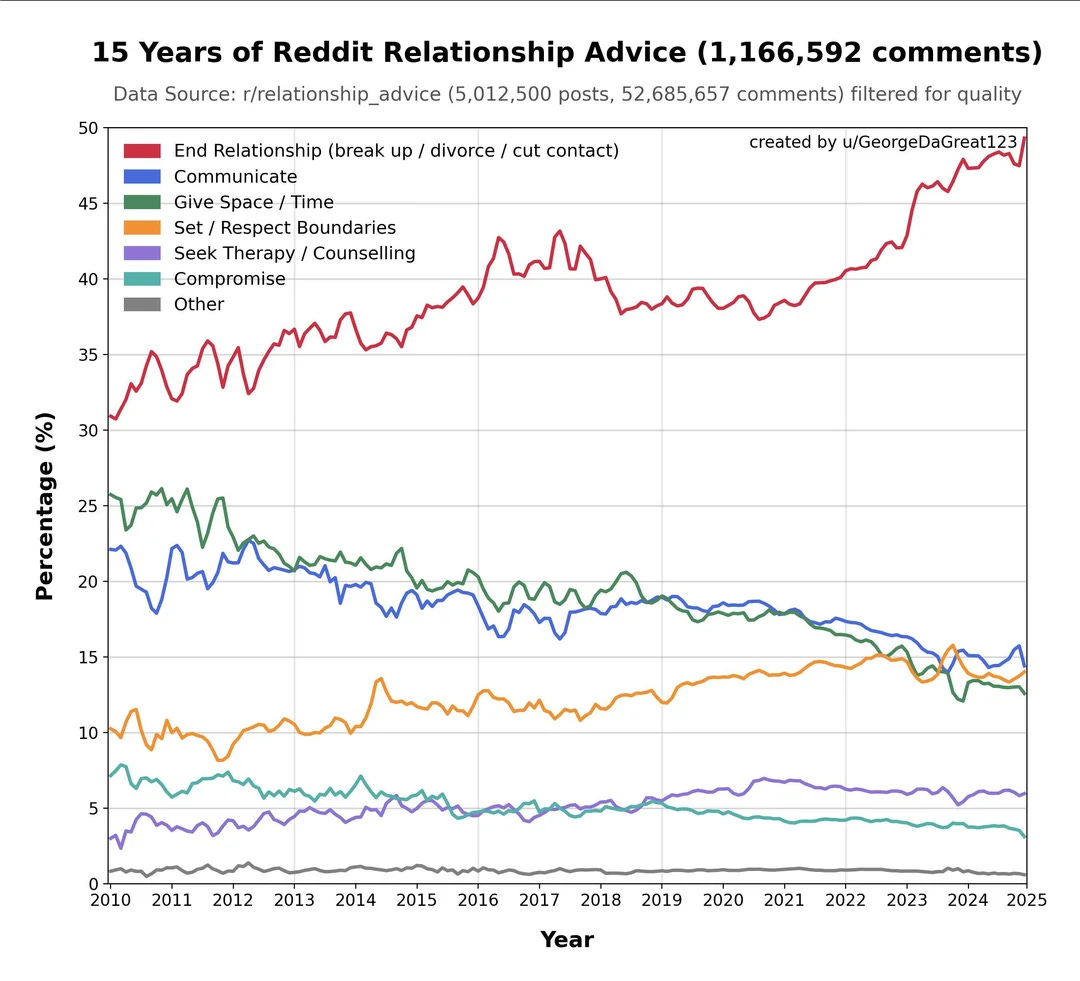


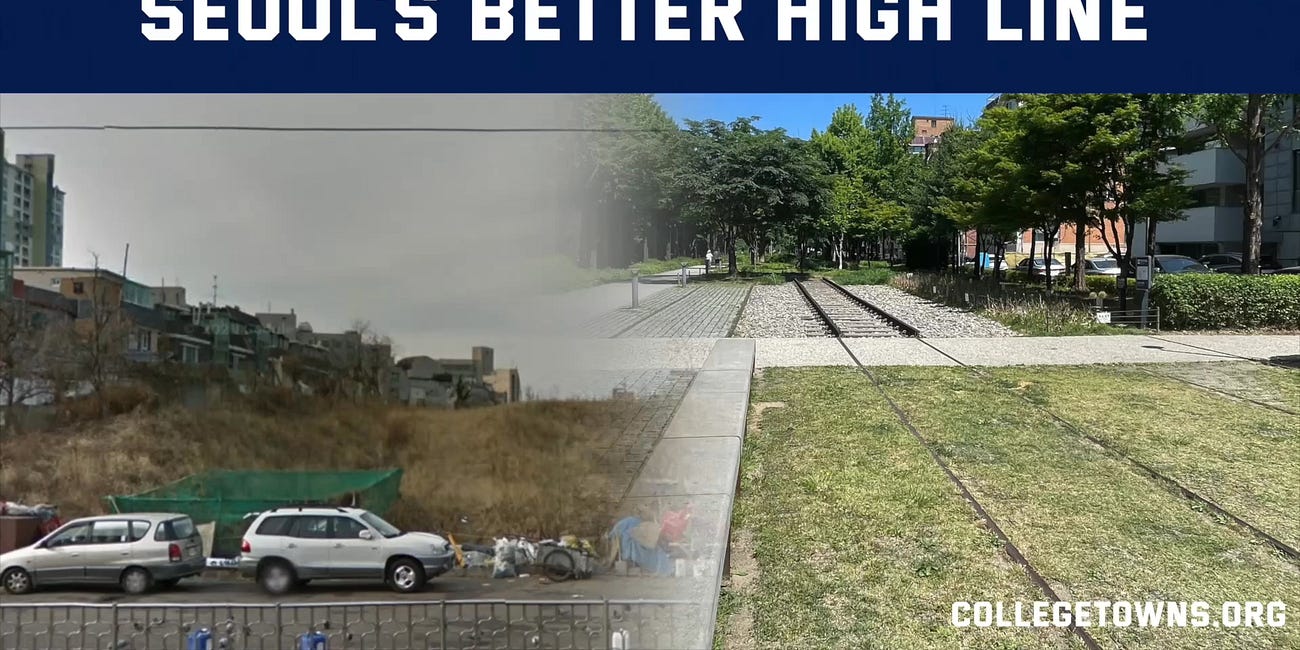
I hope the coast-to-coast trail gets build soon. I would love to ride my bike across the country, but from several books I’ve read on people doing it on roads it seems quite dangerous right now, with most of the rides reporting one or more scary car/truck encounters and many of them getting injured in those encounters.
A dedicated bike trail coast-to-coast will be wonderful
Until that happens I’ll plan my long bike ride in Europe
I was in Atlanta earlier this month and was recommended to go to Yeppa. I couldn't make it to the Buckhead location, so I put in my coordinates for the Beltline, and I was surprised and so happy seeing infrastructure designed with peds/bikes in mind. Even the closest intersection was a raised crosswalk!
It was so lively for a random Wednesday night. Lots of people going to the restaurants and just as many people walking the path or going for a bike/run. Definitely something I hope to copy more of in Madison!